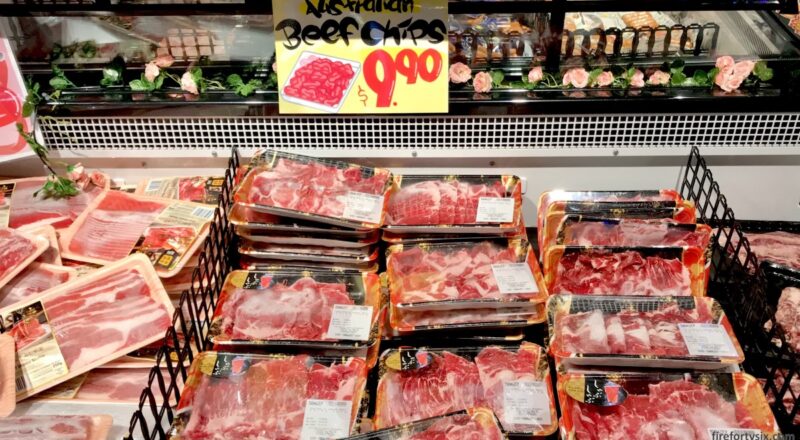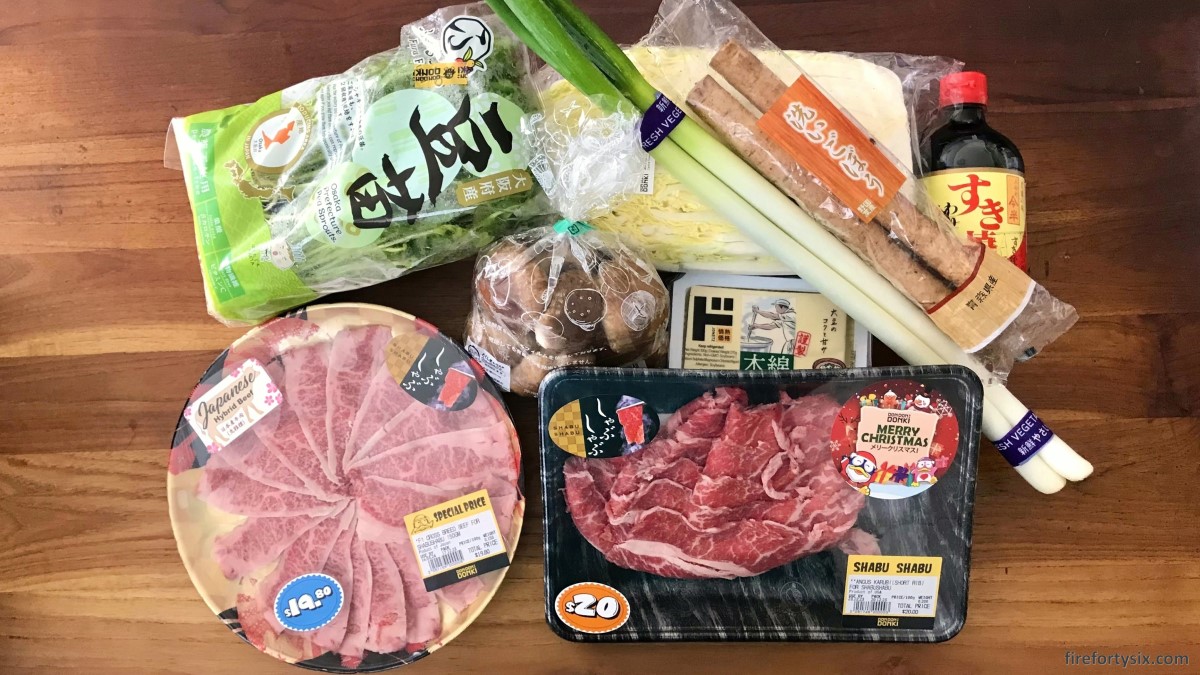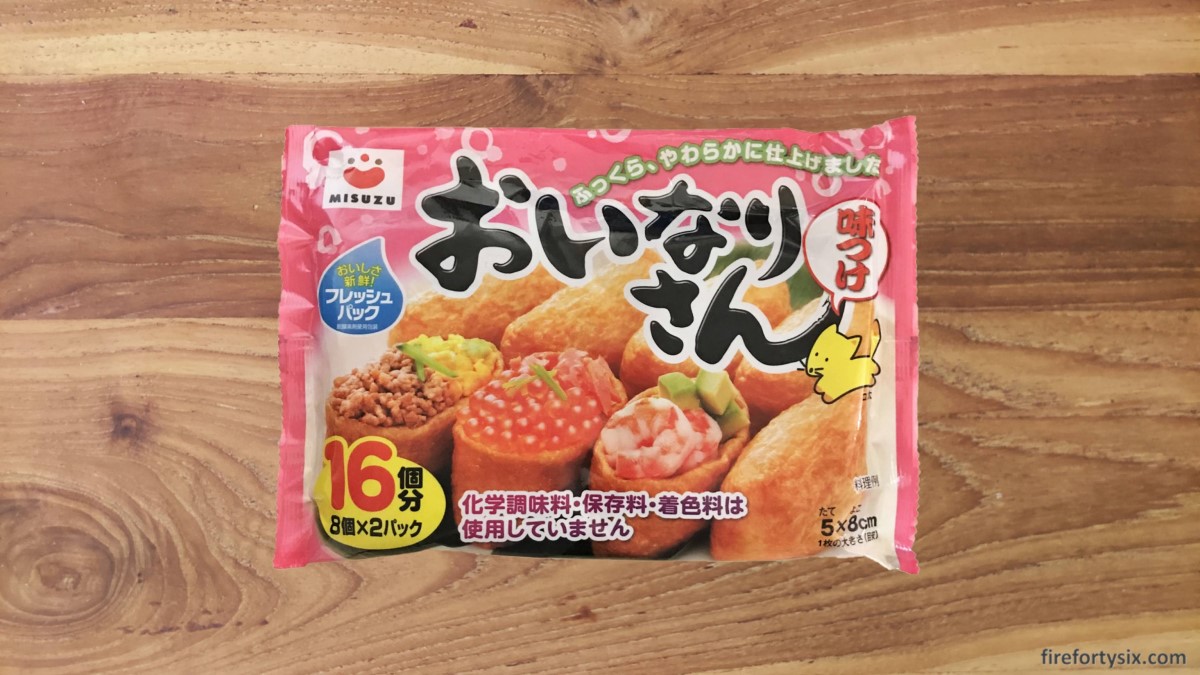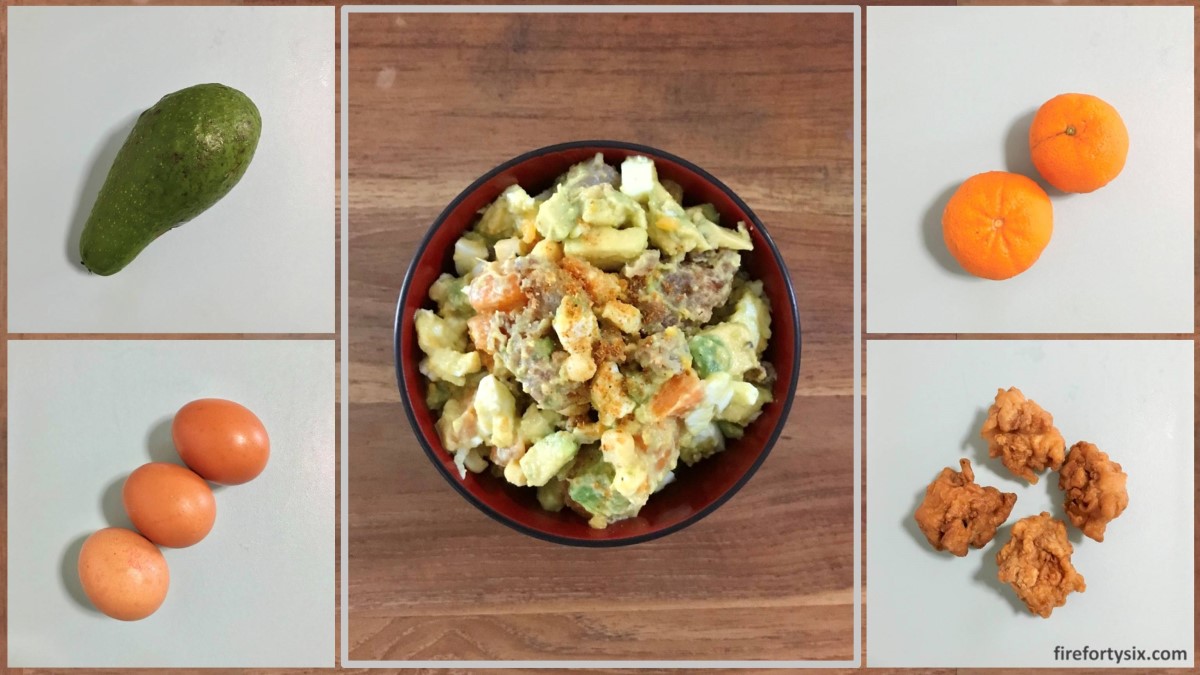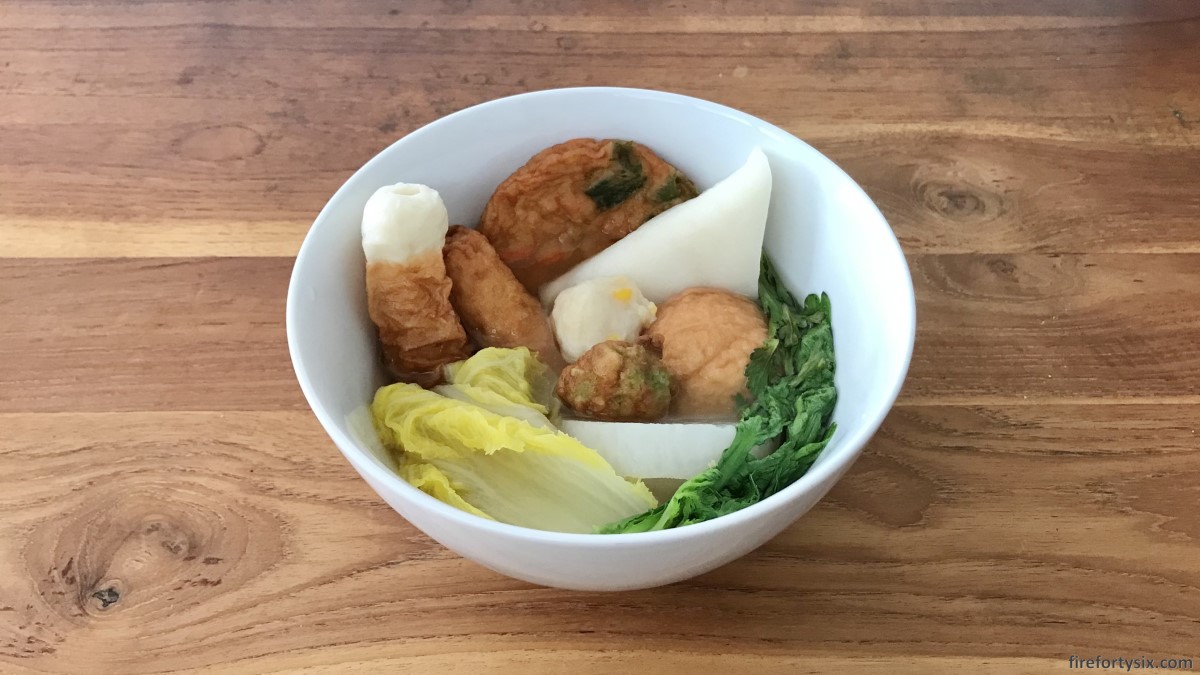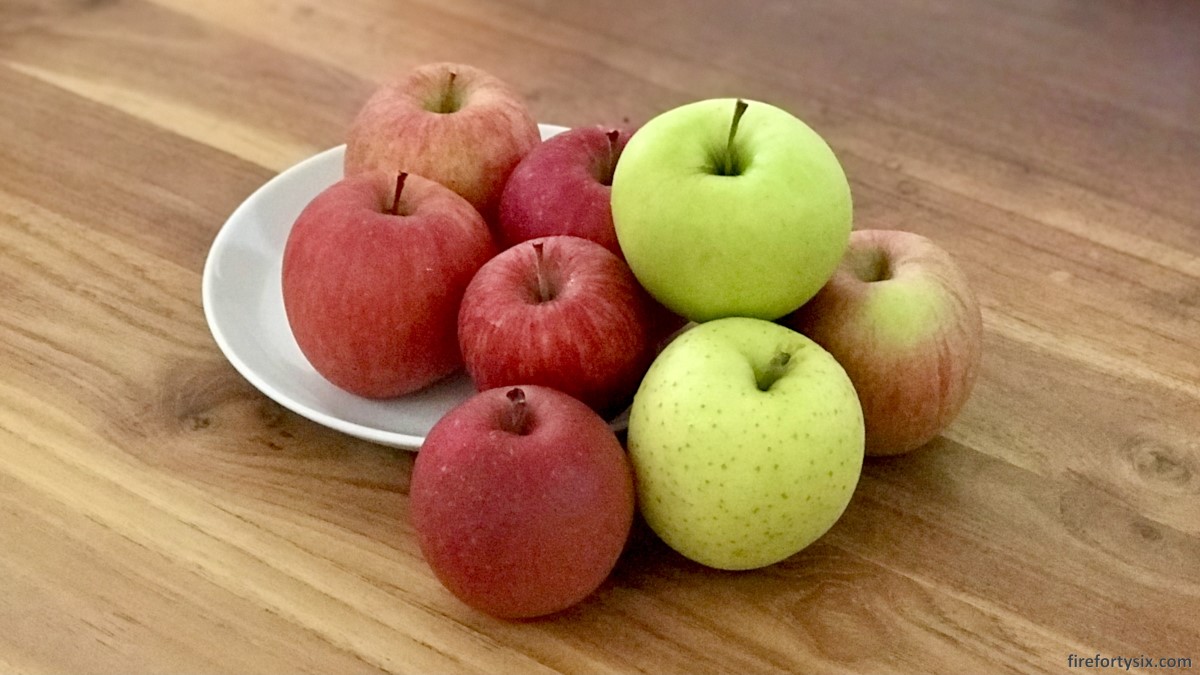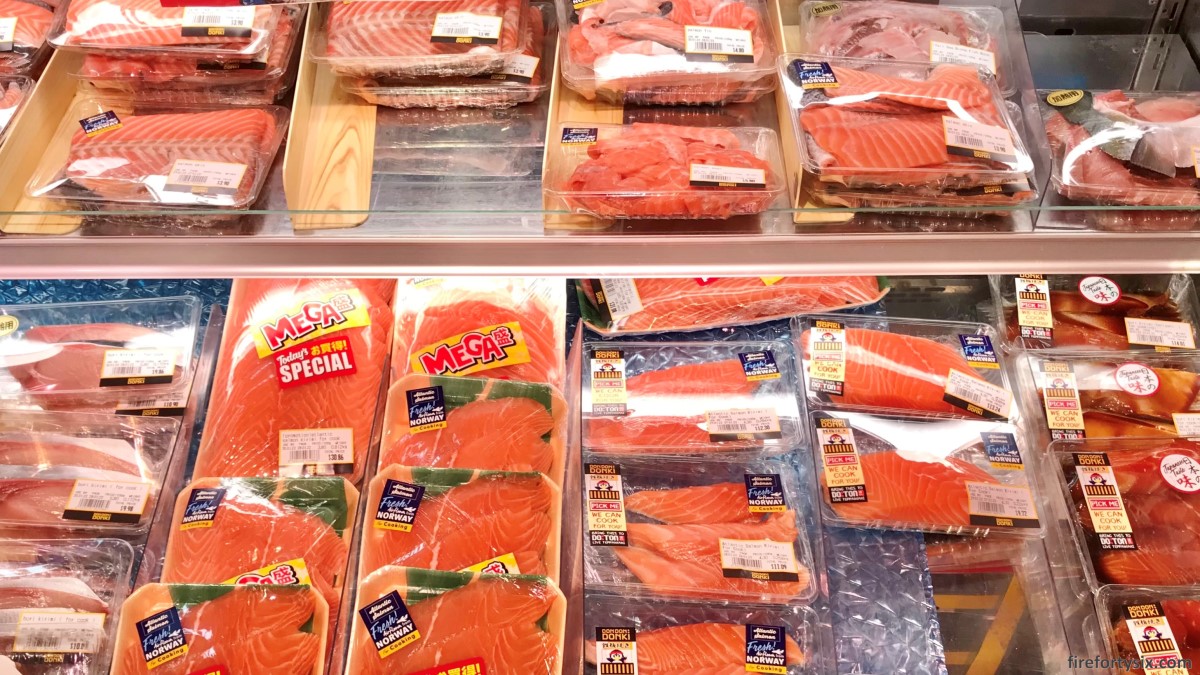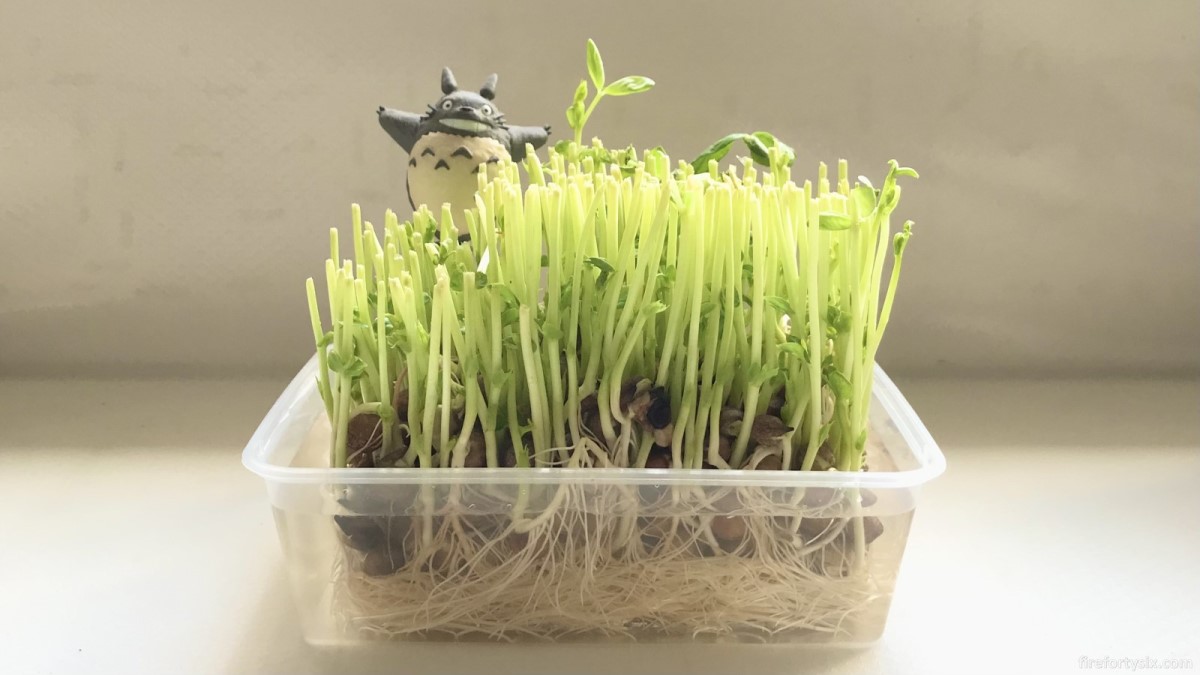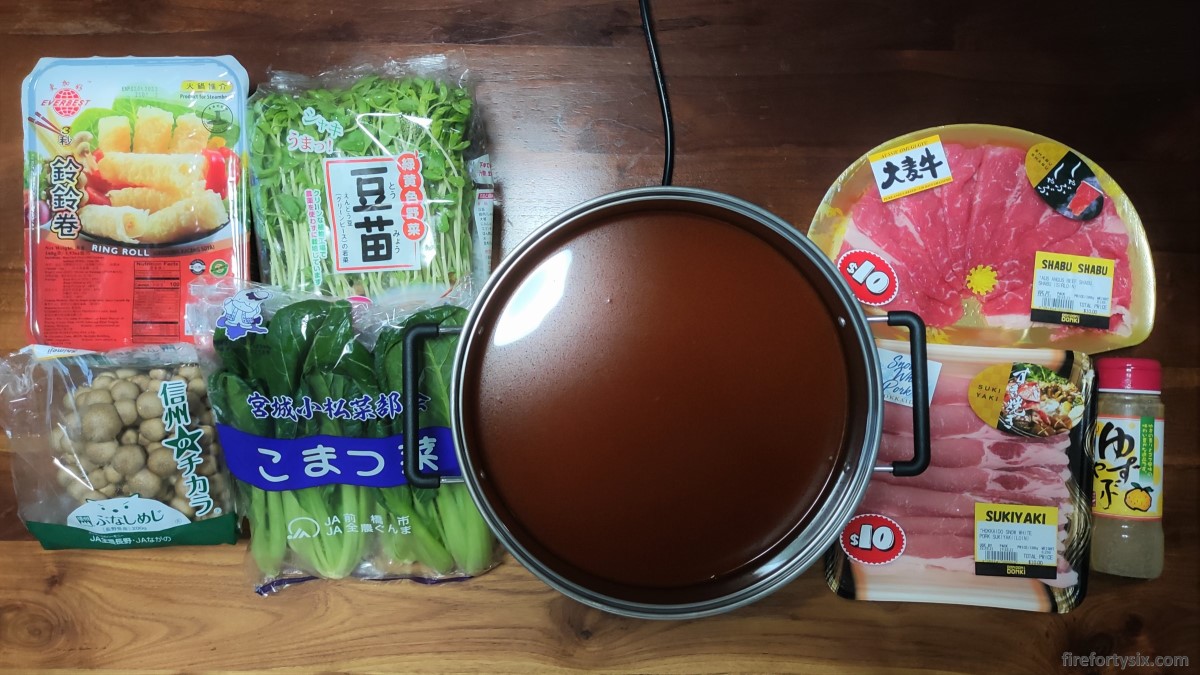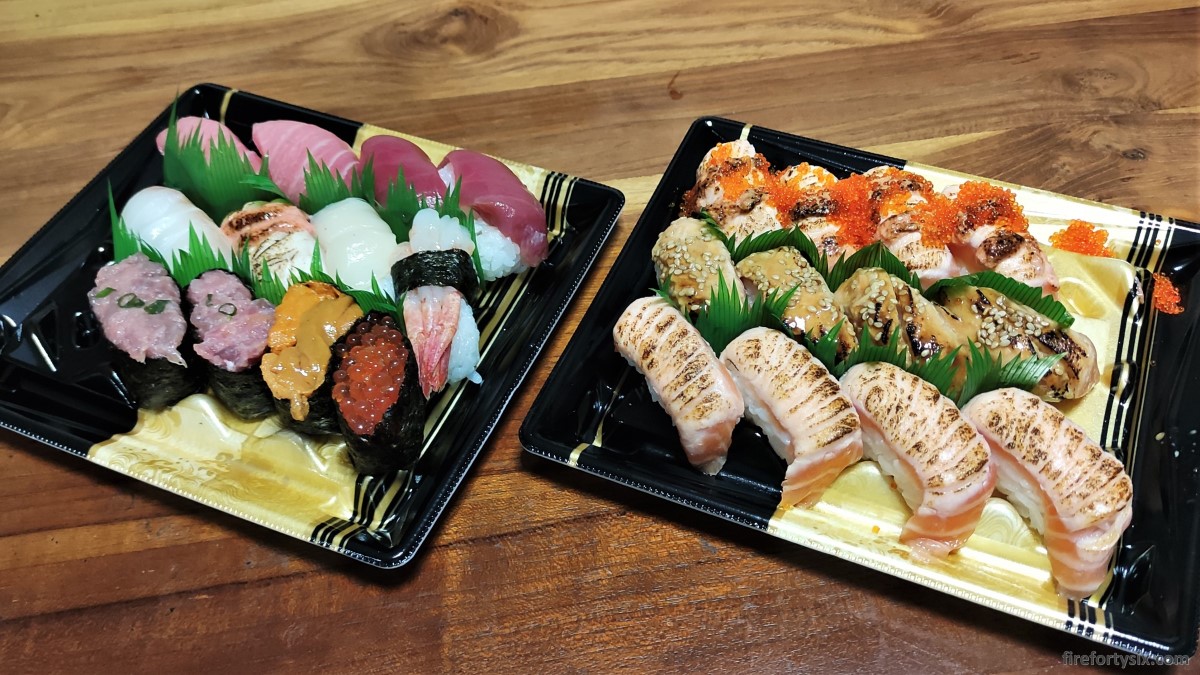It’s such a pity that Donki hasn’t appeared in our neighbourhood yet. There seems to be a new Donki outlet popping up every few months, with the current count standing at 13.
There are Donkis in the Central parts of the island; there are Donkis in the East and in the West, and there are even Donkis in the South. But there’s only one Donki in the North, all the way up in Yishun.
Perhaps it’s in their masterplan to slowly conquer the Singapore grocery market, one store at a time. But I just wish they’d set up shop in Bishan Junction 8 already.
When BHG gave up an entire floor in the mall, I was hoping that Donki would finally make an appearance. But alas, I found out that Uniqlo would be taking up the lease. And since I hardly buy new clothes, it would be completely wasted on me.
When Canton Paradise vacated the standalone building just outside the train station, my hopes were up that a Donki would sprout up. Unfortunately, it was going to be a Shake Shack. Which isn’t terrible per-se, but it still wasn’t going to be a Donki.
And as you can probably tell by now, we’re huge fans of Don Don Donki.
Beef chips, selling at S$9.90 for a 300gm tray, are a recent discovery. These offcuts are typically either from Australian or American cows, and tend to sell out pretty fast. That is, if they even make an appearance in the store chillers.
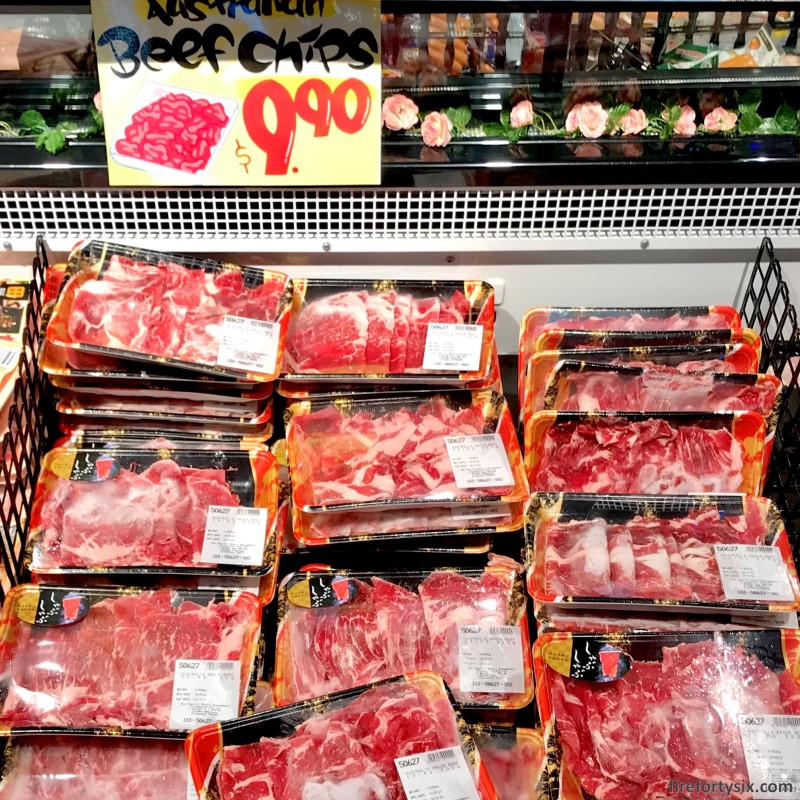
At that price, don’t expect Wagyu to be offered. Also, the marbling isn’t always consistent; they’re fatty on some days but leaner on others. Having said that, the quality tends to be consistently good.
When we get back home from a grocery run, The Wife usually portions them out in individual plastic bags before chucking them into the freezer. They keep very well frozen, and are such a versatile ingredient for home cooking.
After deciding what to cook on any particular day, she’ll take out one portion to thaw at room temperature. Her go-to one resource for quick-and-easy Japanese recipes is Just One Cookbook, created and maintained by the prolific home cook Nami-san.
One dish that The Wife makes quite frequently is a simple donburi. She has adapted Nami-san’s recipe for Miso pork and eggplant stir fry by changing the meat, and adding edamame for more texture. The eggplant and edamame are also from Donki, naturally.
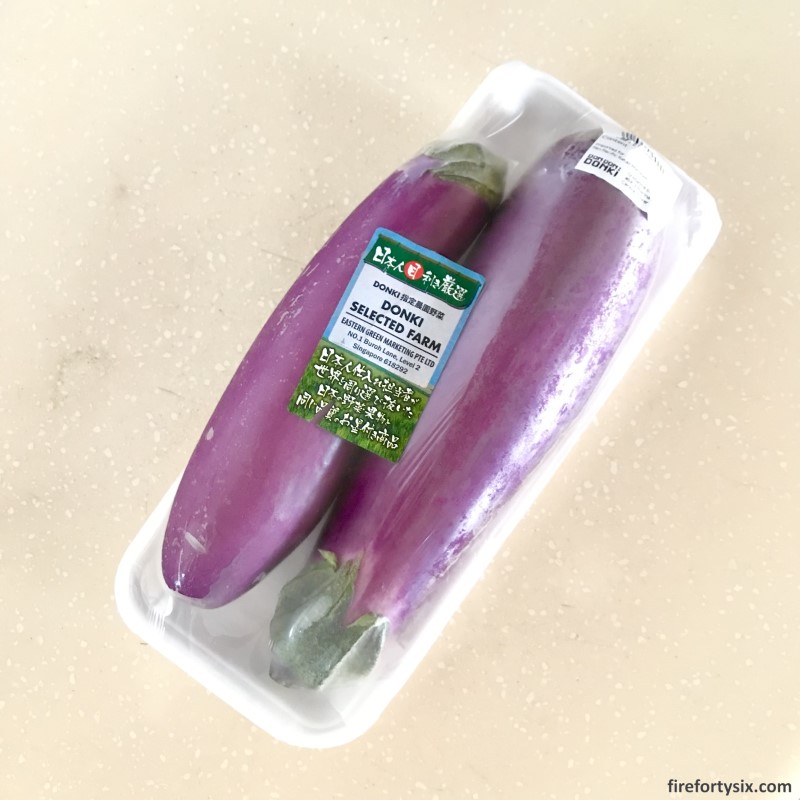
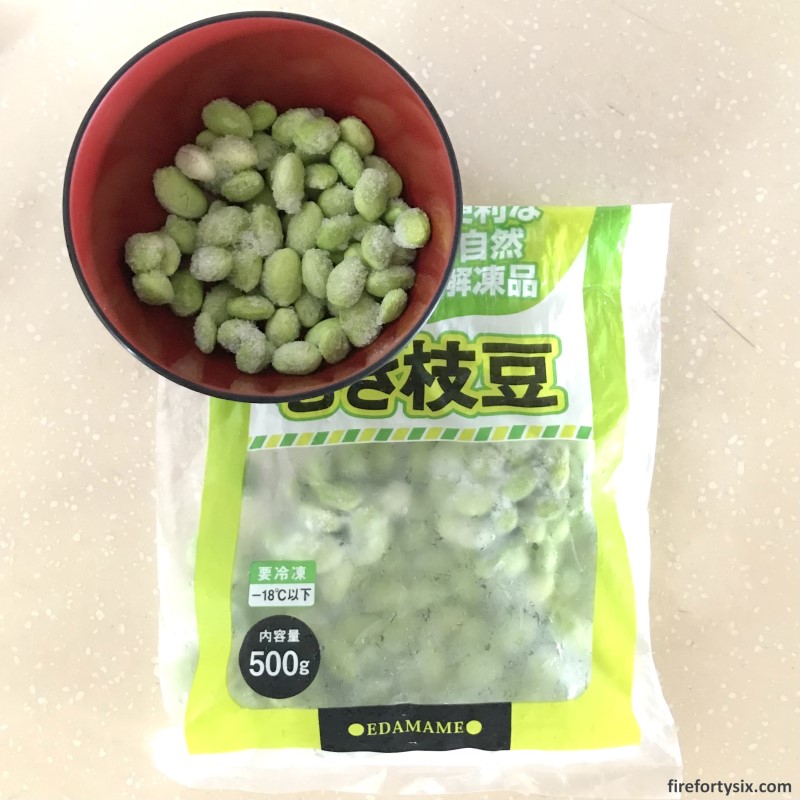
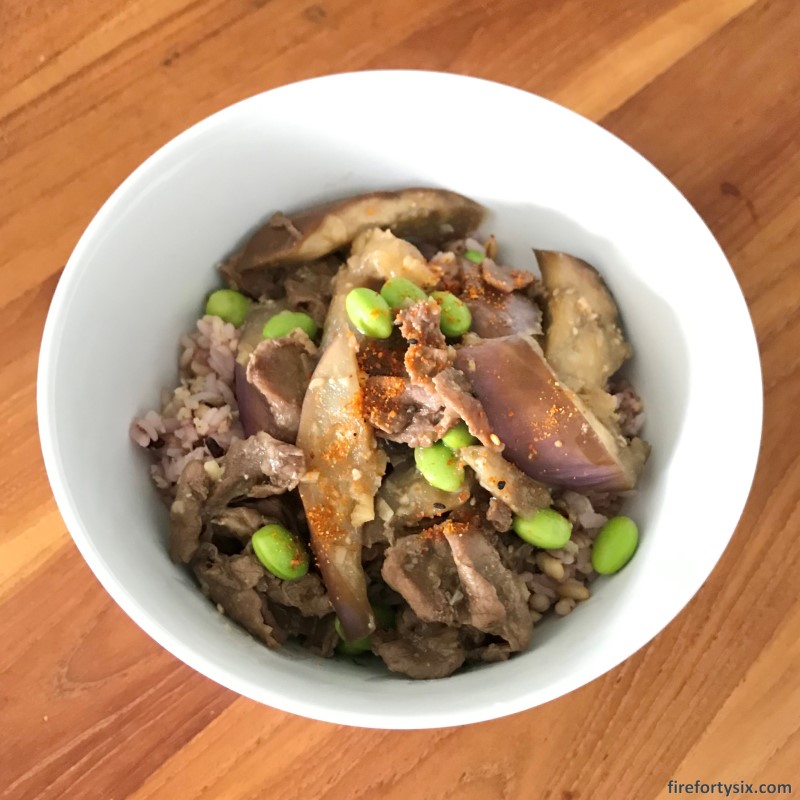
Another regular item is the Tanindon, which, by default, is made using beef. The name itself is quite interesting, because the “Tanin” (他人) part literally translates to “outsider”. Because egg is the other core ingredient, and cows don’t lay eggs.
If that explanation sounds confusing, recall that another popular Japanese dish is Oyakodon, made with chicken meat and eggs. “Oyako” (親子) translates to “parent and child”, and chickens do lay eggs.
Sliced onions are usually simmered together with the meat, for both sweetness and texture. But since The Wife dislikes the taste of onions, they’re replaced with shredded cabbage.
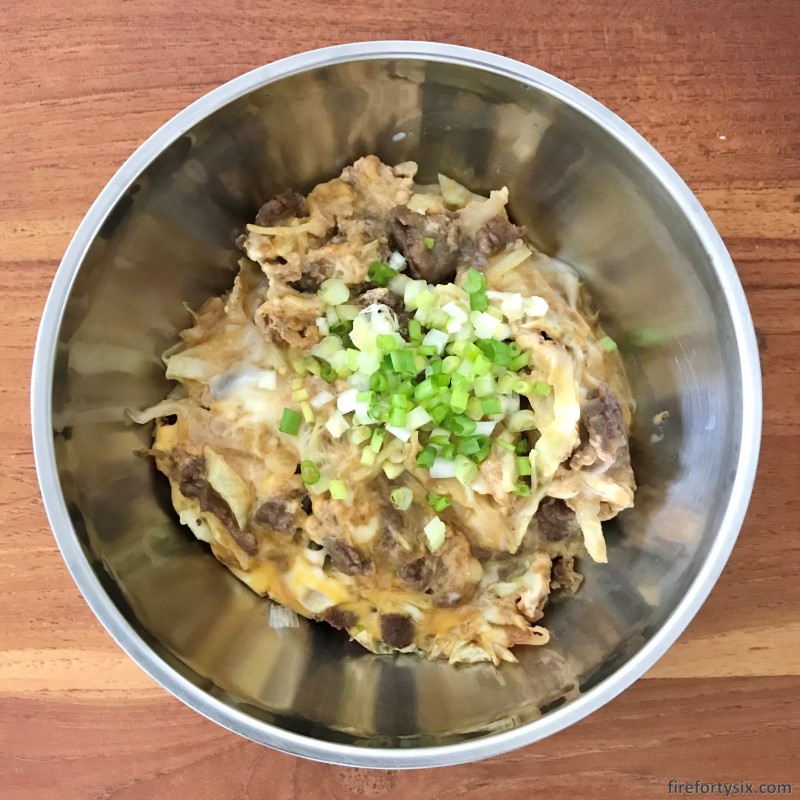
When the weather turns cooler towards the end of the year, she whips out her trusty claypot to make the fancy-looking Mille-feuille nabe. In French, “mille-feuille” means “a thousand sheets”, and like the similarly-named mille-feuille crepe cake, that number is grossly exaggerated.
It does look very pretty when assembled though, with its alternating layers of cabbage and beef slices arranged vertically in the pot, making it resemble a flower. After cooking, it loses its shape somewhat, but that doesn’t make it any less tasty.


These are just three simple dishes you can make at home using the versatile beef chips.
So the next time you’re at your friendly neighbourhood Don Don Donki, do keep a lookout for them. If you manage to get your hands on a tray, I’m sure you’ll be able to come up with even more recipe ideas.
